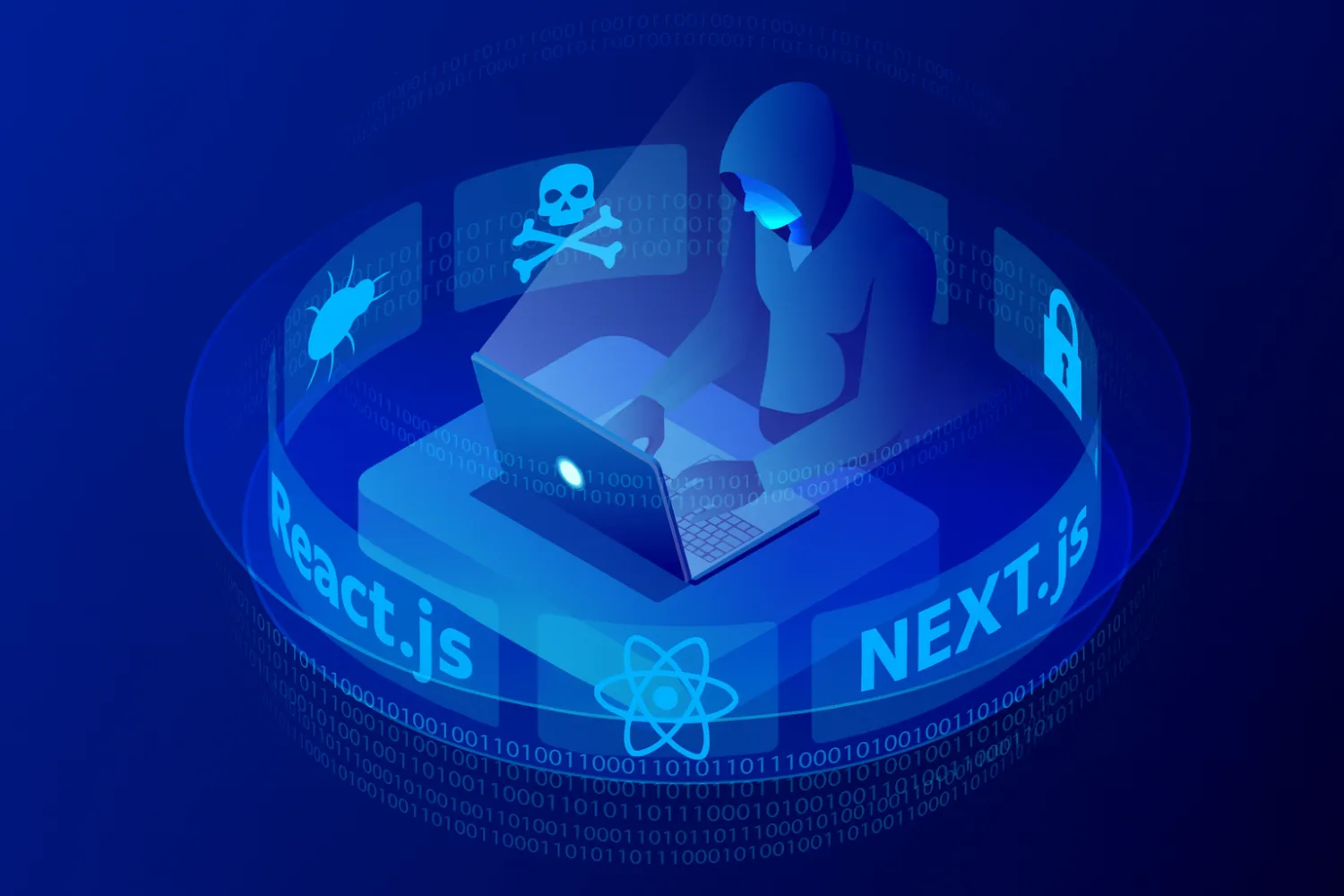5 Steps for Assessing & Enhancing Your AppSec Program

Introduction to AppSec Maturity
Application Security (AppSec) refers to the process of safeguarding software applications against potential cyber threats. An AppSec program comprises various measures, including software testing, code analysis, and vulnerability assessments, to ensure that applications are secure and free of vulnerabilities.
AppSec maturity is an essential aspect of any organization’s cybersecurity framework, as it enables them to assess their current security status and implement a roadmap to enhance it. A mature AppSec program can effectively identify, prioritize, and remediate security vulnerabilities, thereby minimizing the risk of cyber attacks, enhancing application quality, and ensuring regulatory compliance.
So, what are the parameters required for an organization to build a strong and mature security framework?
What are the Key Elements of AppSec Maturity?
There are several key elements of AppSec maturity that organizations should focus on to achieve a robust security framework:
- Early integration of security in the software development lifecycle (SDLC)
- Consistent use of automated tools for vulnerability detection and remediation
- Regular security testing, including manual and automated testing
- Risk-based prioritization of vulnerabilities for remediation
- Continuous improvement through data-driven decision making
There are several ways to check and measure your organization’s AppSec maturity level. Here are a few.
Assessing AppSec Maturity
Aligning to a maturity framework
Maturity frameworks are a helpful way to assess your progress in your AppSec maturity and identify high-value areas to focus on next. Some examples of maturity frameworks include the OWASP Software Assurance Maturity Model (SAMM) or The Building Security In Maturity Model (BSIMM). These are widely used frameworks for measuring and enhancing the maturity of an organization’s AppSec program. The BSIMM model, for example, comprises twelve domains, each of which includes specific activities and practices that organizations can follow to achieve AppSec maturity. BSIMM enables organizations to evaluate their security posture based on best practices and compare their security maturity with industry peers.
Conducting a Security Assessment for an AppSec Program
A security assessment is a comprehensive evaluation of an organization’s AppSec program, including software applications, policies, and procedures, to identify potential vulnerabilities and areas for improvement. Security assessments can be performed in-house or by external cybersecurity experts. The assessment results can provide valuable insights into the organization’s current security status, enabling them to implement measures to enhance their AppSec maturity.
Once a thorough assessment has been done, the organization is primed to develop a security policy that aligns with its business as well as security objectives. Here’s how to go about developing and implementing a watertight security policy.
Advancing AppSec Maturity
Implementing a Security Policy
A security policy is a critical component of a robust AppSec program. It outlines an organization’s security objectives, requirements, and guidelines for implementing security measures. A security policy should be developed collaboratively, involving stakeholders from different departments, and should be reviewed and updated regularly to ensure that it aligns with the evolving security landscape.
Prioritizing Vulnerabilities
Organizations should prioritize vulnerabilities based on the potential impact on their business operations and data. To do this, it’s best to take a risk-based approach that enables organizations to allocate their resources effectively, focusing on the most critical vulnerabilities first. This means organizations need to unify vulnerability management across applications and infrastructure, correlate findings, and prioritize appropriately. A well-planned vulnerability management program can help organizations identify, prioritize, and remediate vulnerabilities much faster than they otherwise could.
Emphasizing Continuous Improvement
Achieving AppSec maturity is an ongoing process that requires continuous improvement. Organizations should establish a culture of continuous improvement by tracking their security metrics, implementing feedback loops, and involving stakeholders in the process. It’s also important that organizations rely on data-driven decision-making to make accurate decisions based on actual data rather than assumptions.
Enhance Your AppSec Program with ArmorCode
AppSec maturity requires strong collaboration across teams for the program to be truly successful. A one-size-fits-all approach clearly wouldn’t work and people, processes, culture, budget, and many other factors must be aligned to be successful. Apart from that, a robust AppSec program is built by integrating security in the SDLC, using automated tools for vulnerability detection, conducting regular security testing, prioritizing vulnerabilities, and emphasizing continuous improvement. Furthering their AppSec maturity is a challenging, ongoing, and essential goal for any organization. For a personalized consultation, contact the ArmorCode team to get started today.



